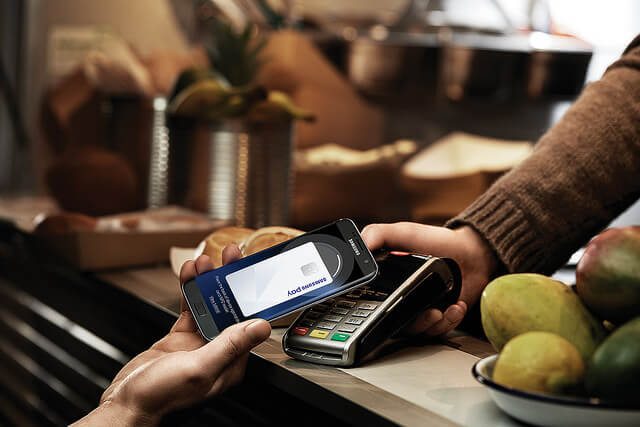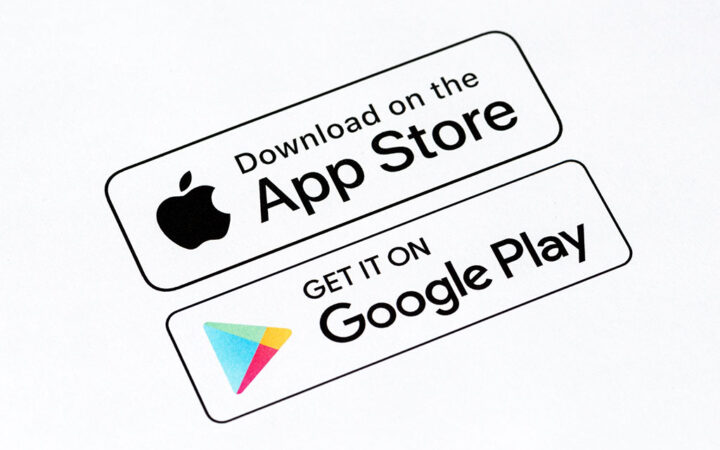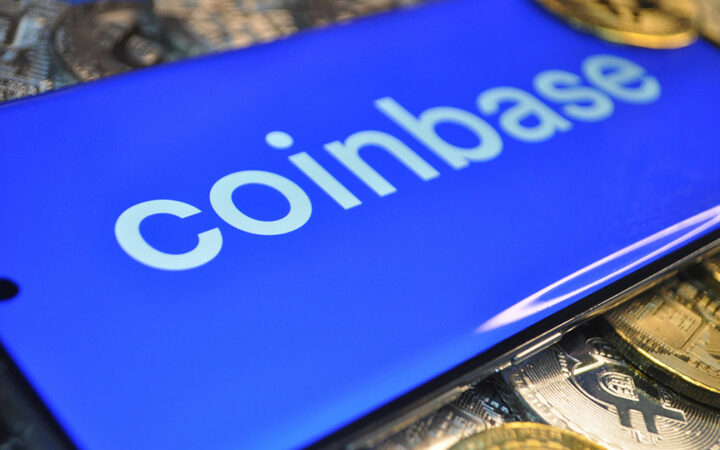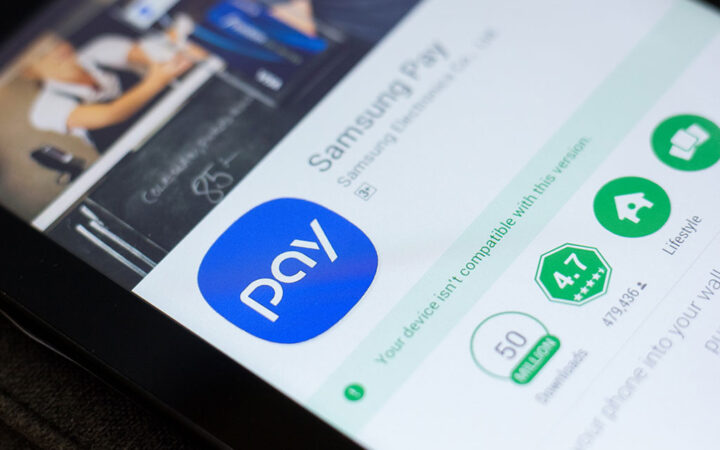Taking strong interest in blockchain, cryptocurrencies, and IoT, Tatsiana Yablonskaya got deep understanding of the emerging techs believing in their potential to drive the future.
It seems that a new strong competitor has appeared on the mobile payment market. Apple Inc. and Google, that used to rule the market, now face the challenge from Samsung Electronics Co., a South Korea’s largest company processed more than $500 million in transactions since entering the U.S. market in September.
Bloomberg provides data collected by mobile-payment researcher Crone Consulting LLC. According to it, Samsung has signed up 5 million users since September. Apple Pay has attracted 12 million monthly users globally since its October 2014 launch and Google’s Android Pay has 5 million people using it monthly since becoming available in September 2015.
Last year Samsung acquired LoopPay, a mobile payment company, to use its cutting-edge technology that enables mobile payments through traditional magnetic credit card readers. This allows retailers accept mobile payments using their existing check-out equipment, while Apple Pay requires special payment pads to work. Thus comparing two payment options, LoopPay wins as it works everywhere.
However, many U.S. retailers and consumers’ phones still don’t work with mobile payments. Samsung Pay only works on five of its latest Galaxy phones. Apple Pay works on iPhone 6s, iPhone 6s Plus, iPhone 6, iPhone 6 Plus and the Apple Watch paired with an iPhone 5 or more recent models. Nevertheless, limited number of devices enabling mobile payments is not the biggest problem. It is much more important that most people simply don’t see the advantage of a mobile wallet over plastic credit and debit cards.
Mobile-payment researcher Crone Consulting LLC informs that a small percentage of people owning devices capable of using mobile wallets actually use them. It refers to only 6% of Apple Pay users, 4% of those who own devices that support Samsung Pay and 1% of those who can use Android Pay. The thing is that traditional payment methods are rather convenient and habitual for most people so they see no reason to switch to mobile payments. So marketers must find innovative, creative ways to add value to mobile payments beyond the simple novelty factor.
Forrester Research Inc. estimates the online payment market at $142 billion by 2019. No wonder that Apple, Google and Samsung do their utmost to take the lead. For Samsung, it looks like a good way to protect market share in smartphone sales to Apple. As of the end of 2015 Samsung had 22% of the global market for smartphone shipments and Apple was quite close with 16%.
Crone predicts that all mobile-payment services should see a lift. No matter which company will take the first place on the market, Apple, Google and Samsung will see their user bases double the next year. “They are all moving in the right direction, helping to educate and jump-start the market,” Crone said.





